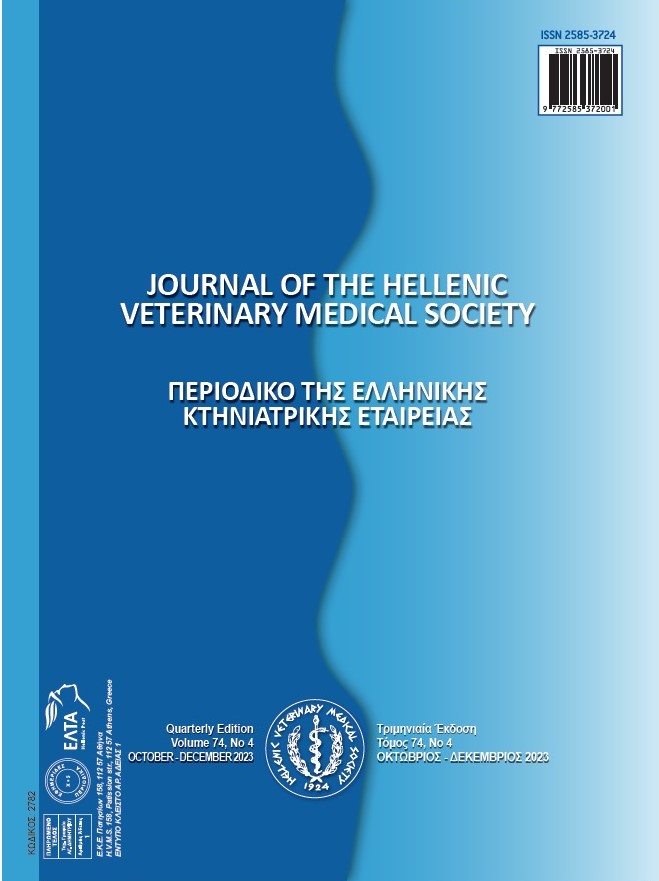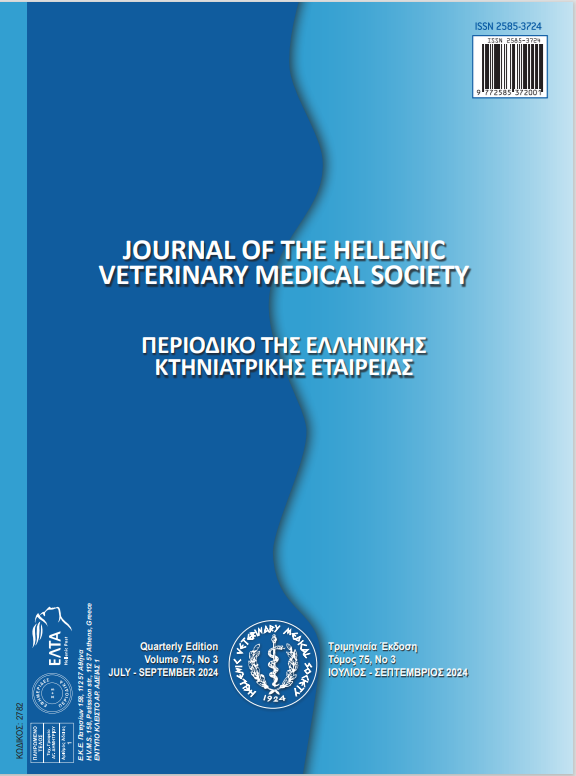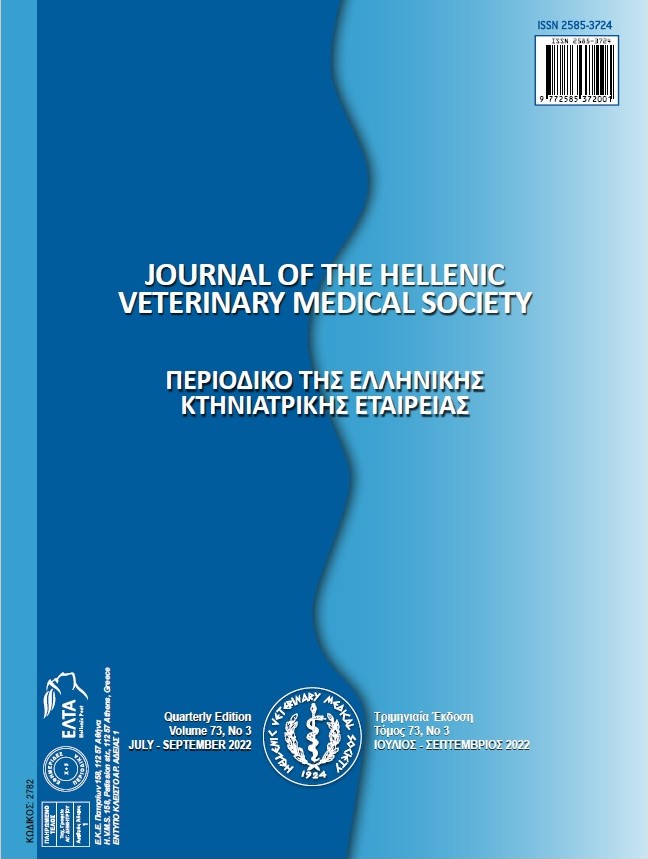The effect of different levels of vitamin C on performance, carcass characteristics, digestive organs, immunity, blood parameters, liver enzymes, cecal microflora, evaluation of meat taste and fatty acid profile of breast meat of broilers -

Abstract
The objective of this experiment was to investigate the effect of different levels of vitamin C on performance, carcass characteristics, immunity, blood parameters, cecal microbial flora, evaluation of meat taste and fatty acid profile of Arbor Acres commercial strain broilers. In order to investigate the different levels of vitamin C, 120 one-day-old male broilers of the Arbor Acres commercial strain were used in a completely randomized design. In this way, three different levels of vitamin C (0, 250 and 50 mg/kg diet) were tested with 4 repetitions with 10 chicks in each repetition for 42 days. Average daily weight gain, average daily feed intake and feed conversion ratio were determined. At the age of 42 days, 2 chicks were randomly selected from each replication and the characteristics of carcass components, blood parameters, liver enzymes, taste evaluation and fatty acid profile of breast meat were measured. The evaluation of the immune system was evaluated by measuring the antibody titers against the Newcastle vaccine, anvian influenza and sheep red blood cells (SRBC) and were analyzed with SPSS statistical software. The results showed that in the whole period, no statistical difference was observed between the treatment groups in terms of feed consumption and weight gain and feed conversion ratio (P>0.05), The effect of vitamin C on carcass and intestinal characteristics was not significant, except for the relative weight of the breast (P>0.05). The effect of vitamin C on blood parameters, except for HDL and total cholesterol which were increased were not affected by experimental treatments. Liver enzymes including creatine phosphokinase and lactate dehydrogenase in broilers receiving experimental treatments were increased by higher levels of vitamin C in the diet (P<0.05). The examination of the immune system of broilers showed that the comparison of the average amount of white and red blood cells, hemoglobin, HTC, MCV, MCH and MCHC was not affected by different levels of vitamin C in the diet (P>0.05). However, the percentage of lymphocytes and heterophils was affected by different levels of vitamin C (P<0.05). The amount of antibody titer against Newcastle virus, influenza and SRBC and organs related to the immune system was not affected by experimental treatments (P>0.05).The effect of vitamin C on taste evaluation traits showed that general acceptance and chewing ability were different in all three treatment groups (P<0.05), but other traits were not affected by different levels of vitamin C (P>0.05). The effect of vitamin C on the fatty acid profile of breast meat showed C12:0 was unchanged in the 3 treatment groups, but C14:0, C16:0, C18:0, C18:3 decreased with increasing consumption of vitamin C. The present research suggests that use of 250 mg of vitamin C per kg of diet of broilers of the Arbor Acres strain may have potential economic benefits.
Article Details
- How to Cite
-
Naddaf-Fahmideh, M., Seidavi, A., & Bouyeh, M. (2024). The effect of different levels of vitamin C on performance, carcass characteristics, digestive organs, immunity, blood parameters, liver enzymes, cecal microflora, evaluation of meat taste and fatty acid profile of breast meat of broilers: -. Journal of the Hellenic Veterinary Medical Society, 74(4), 6525–6542. https://doi.org/10.12681/jhvms.31542
- Issue
- Vol. 74 No. 4 (2023)
- Section
- Research Articles

This work is licensed under a Creative Commons Attribution-NonCommercial 4.0 International License.
Authors who publish with this journal agree to the following terms:
· Authors retain copyright and grant the journal right of first publication with the work simultaneously licensed under a Creative Commons Attribution Non-Commercial License that allows others to share the work with an acknowledgement of the work's authorship and initial publication in this journal.
· Authors are able to enter into separate, additional contractual arrangements for the non-exclusive distribution of the journal's published version of the work (e.g. post it to an institutional repository or publish it in a book), with an acknowledgement of its initial publication in this journal.
· Authors are permitted and encouraged to post their work online (preferably in institutional repositories or on their website) prior to and during the submission process, as it can lead to productive exchanges, as well as earlier and greater citation of published work.





